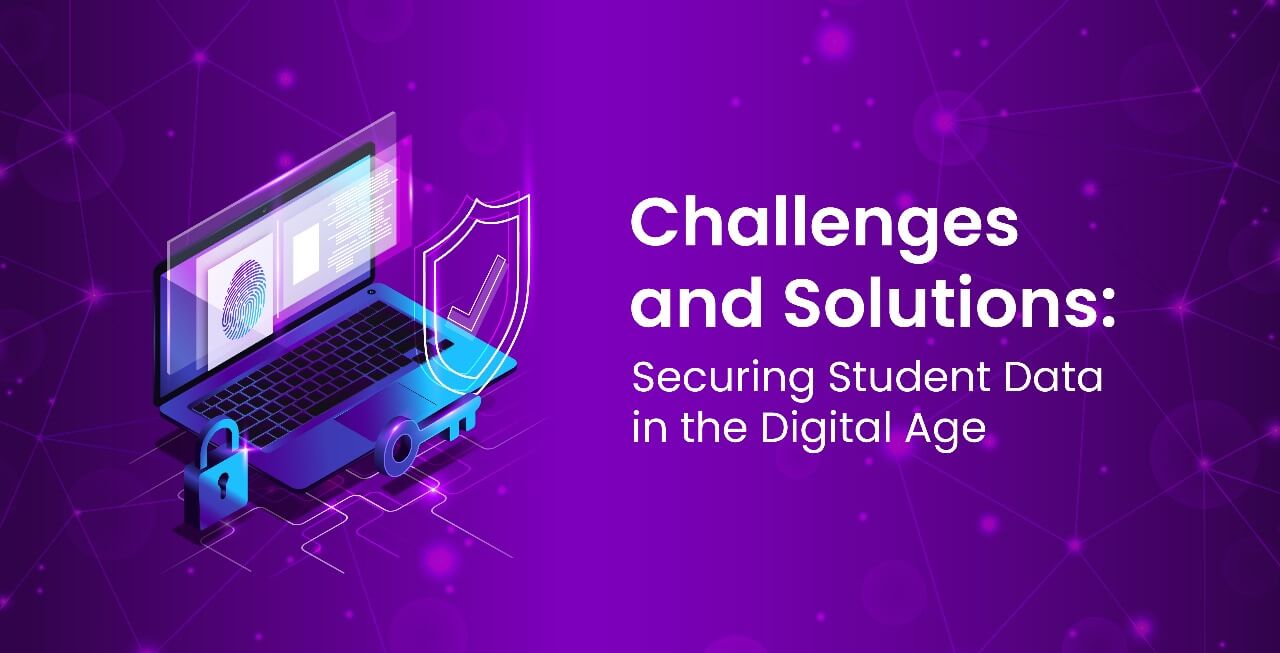In the ever-evolving landscape of education, where chalkboards have been replaced by smart screens and textbooks have given way to tablets, the importance of securing student data is crucial.
The shift towards digital learning platforms has undeniably revolutionized education. Students now have access to a treasure trove of information at their fingertips, enabling personalized learning experiences. However, with great innovation comes great responsibility. The more we integrate technology into education, the more critical it becomes to address the challenges of securing the invaluable asset—student data.
Challenges on the Horizon
1. Data Privacy Concerns
In an era of heightened privacy awareness, educational institutions face the challenge of balancing the benefits of data-driven insights with the imperative to protect individual privacy rights.
2. Cybersecurity Threats
The digital realm is not without its lurking dangers. Cyber threats, ranging from ransomware attacks to phishing scams, pose a constant menace to the sanctity of student data.
3. Compliance Complexities
Navigating the intricate web of data protection laws and compliance standards adds another layer of complexity. Institutions must stay abreast of ever-changing regulations to avoid legal pitfalls.
Solutions for a Secure Tomorrow
Network Segmentation
Divide the education network into segments, creating isolated zones with restricted access. This way, even if one segment is compromised, the entire network’s integrity remains intact.
Intrusion Detection Systems (IDS)
Implement IDS to detect and alert administrators about any suspicious activity or potential security breaches within the network, enabling swift responses to emerging threats.
Regular Software Patching
Keep all software, including operating systems and security applications, up to date with the latest patches. Regular updates are crucial for addressing vulnerabilities that could be exploited by cyber attackers.
Virtual Private Network (VPN) Usage
Encourage the use of VPNs, especially for remote learning scenarios. VPNs encrypt internet connections, providing a secure tunnel for data transmission and protecting against potential eavesdropping.
Firewalls and Web Filtering
Deploy robust firewalls and web filtering solutions to control and monitor internet traffic. These tools can block malicious content, restrict unauthorized access, and provide an additional layer of defense against cyber threats.
Regular Security Audits
Conduct periodic security audits to assess the effectiveness of existing security measures. Identifying weaknesses through audits allows for timely improvements and adjustments to the security infrastructure.
Network Access Controls
Implement strict access controls, ensuring that only authorized users have access to specific resources. This includes user authentication, authorization, and monitoring of user activities within the network.
Threat Intelligence Sharing
Participate in threat intelligence sharing platforms and networks. Sharing information about emerging threats and vulnerabilities with other educational institutions can help create a collective defense against common adversaries.
Data Backup and Recovery
Regularly back up critical data and establish a robust data recovery plan. In the event of a cyber incident, having recent backups ensures that the impact is minimized, and operations can be restored promptly.
Securing Success, One Byte at a Time
Securing student data is not just a necessity today; it’s a moral obligation. As we pave the way for future generations in the vast landscape of technology-driven education, the commitment to their safety and privacy must be unwavering. By acknowledging the challenges and implementing proactive solutions, we can ensure that the digital revolution in education remains a beacon of progress rather than a Pandora’s box of unforeseen consequences. Together, let’s write the future—one secure byte at a time.









0 Comments